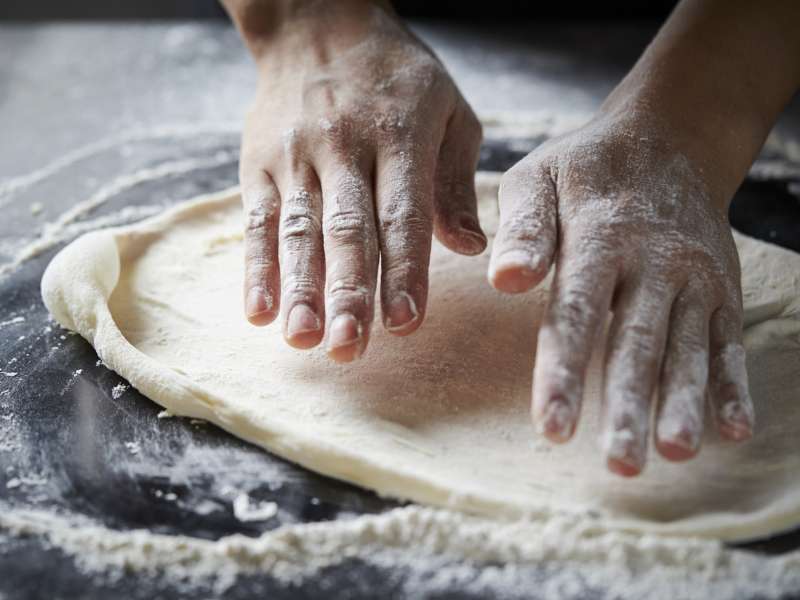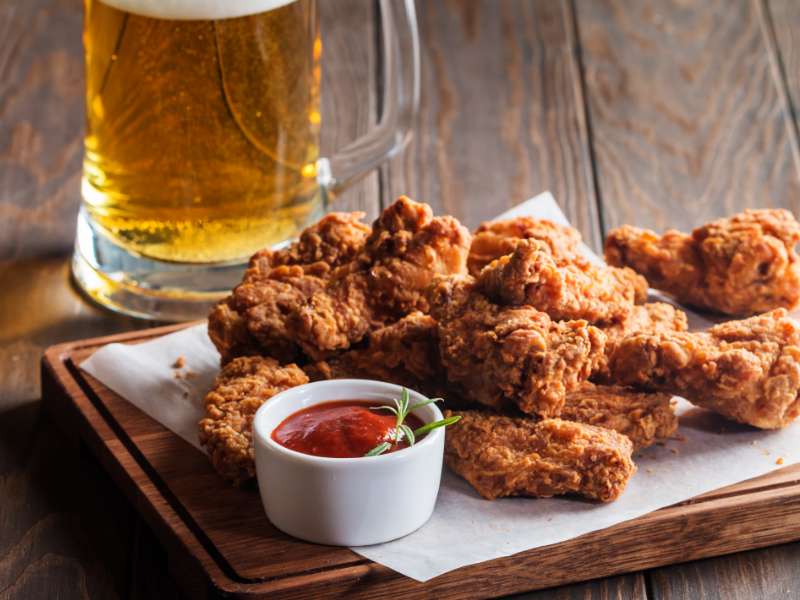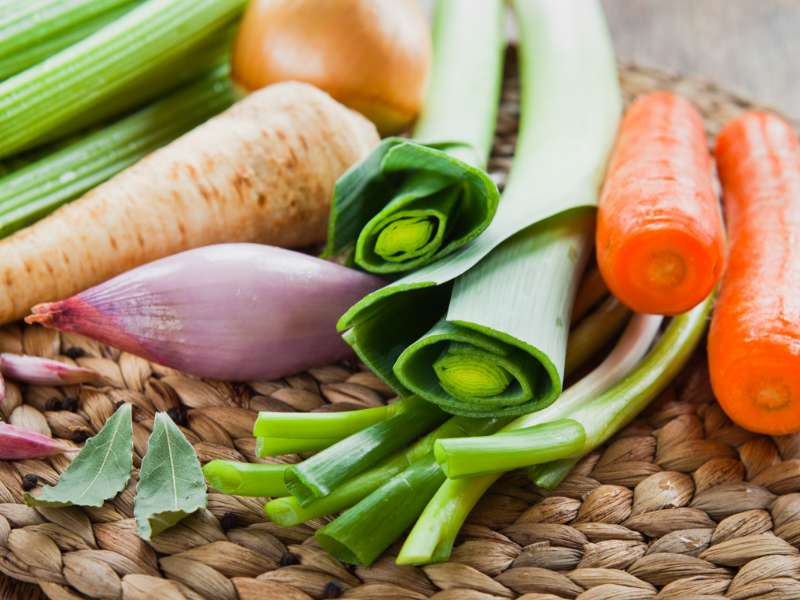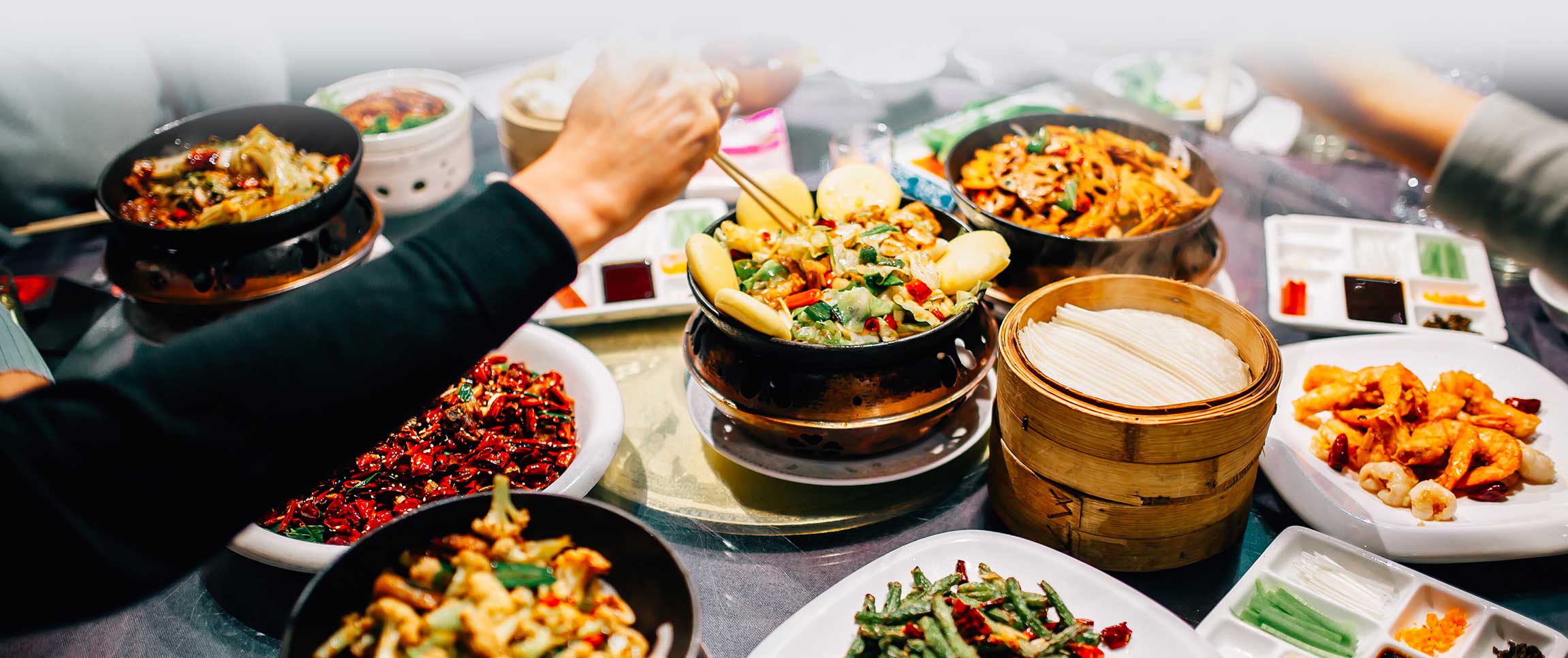With the new moon on February 10th, the Chinese New Year will be celebrated around the globe. The Chinese Zodiac marks 2024 as the Year of the Wood Dragon — representing vitality and success. Give your patrons reason to party by incorporating traditions and recipes associated with this holiday into your promotions and share the good fortune with all!
Ring in the Veggies
Many people — particularly Chinese Buddhists — refrain from meat leading up to — and on — New Year's Day. Accommodate everyone's needs by offering solid vegetarian entrees and plenty of side options on your special New Year menu. Consider a spicy veggie stir-fry using Asian Pride® tofu, shelled edamame, and dried stir-fried mushrooms for ease of storage and labor. Save even more time by tossing in Asian Pride General Tso sauce — it has no high fructose corn syrup and is fiery enough to ring in the Year of the Dragon.
Bring the Heat
Chinese culture relies heavily on foods that bring an abundance of health when preparing their meals — especially during the winter months when Yin (cold) is high and Yang (hot) is low. Include plenty of ginger, garlic, and red chilis — all of which are considered high-Yang foods and antivirals to warm and heal the body. Also, set the table with condiments of dried garlic, pickled ginger, and red chili oil.
Whole star anise is another common ingredient revered for its medicinal properties that many Chinese cooks will throw in a pot of rice to impart a soft licorice flavor. Anise is also a component of the sweet/savory Chinese Five Spice Powder, along with cinnamon, clove, fennel, and black pepper. This multi-use blend can be mixed with rice wine and ginger for an exquisite duck marinade. Duck symbolizes unity and loyalty and is a showstopper traditional entree fit for the New Year.
Bartenders are also using Five Spice Powder to elevate classic cocktails — combine with bourbon, bitters, and orange oil for a spiced antioxidant Old Fashioned.
Symbolize the Serving
Many customary dishes are served at New Year simply because of what they symbolize. Dumplings, for example, symbolize wealth because of their resemblance to the former currency, sycee. You could make impressive Jau gok from scratch or try a variety of Asian Pride potstickers — a type of jiaozi dumpling traditionally eaten at midnight.
Other go-to dishes include long noodles (their length representing life longevity), sweet rice balls (symbolizing family togetherness), and fish. The Chinese word for fish (yu) sounds like the word for "surplus." Catfish is especially prominent during the celebration, as well.
Often called the "reunion meal," the New Year's meal traditionally centers around family. Offering a family special via communal hot pots or meals served for the whole table would be a special touch. Traditionally, eight dishes are served to reflect the good fortune associated with the number. Have guests (either dining in or ordering for delivery) select their favorite eight dishes from your full New Year's menu at a fixed price.
Finish with Fire
Give your guests an experience beyond tasty food by adding detailed touches they won't forget. Red is the celebratory color for many reasons, one because it symbolizes prosperity. It's custom to give red envelopes with money inside. Play off this tradition by serving a red envelope at dessert with a discount for their next meal.
Hand out red party poppers as a substitute for traditional firecrackers, as well as mandarin oranges — their name in Southern China is a homophone for the word "luck." Lastly, have red lanterns lit outside along your walkway (to guide wayward spirits home). By embracing these Chinese New Year traditions, your guests will be sharing about their experience non-stop, and you will be sure to have a prosperous Year of the Dragon.



